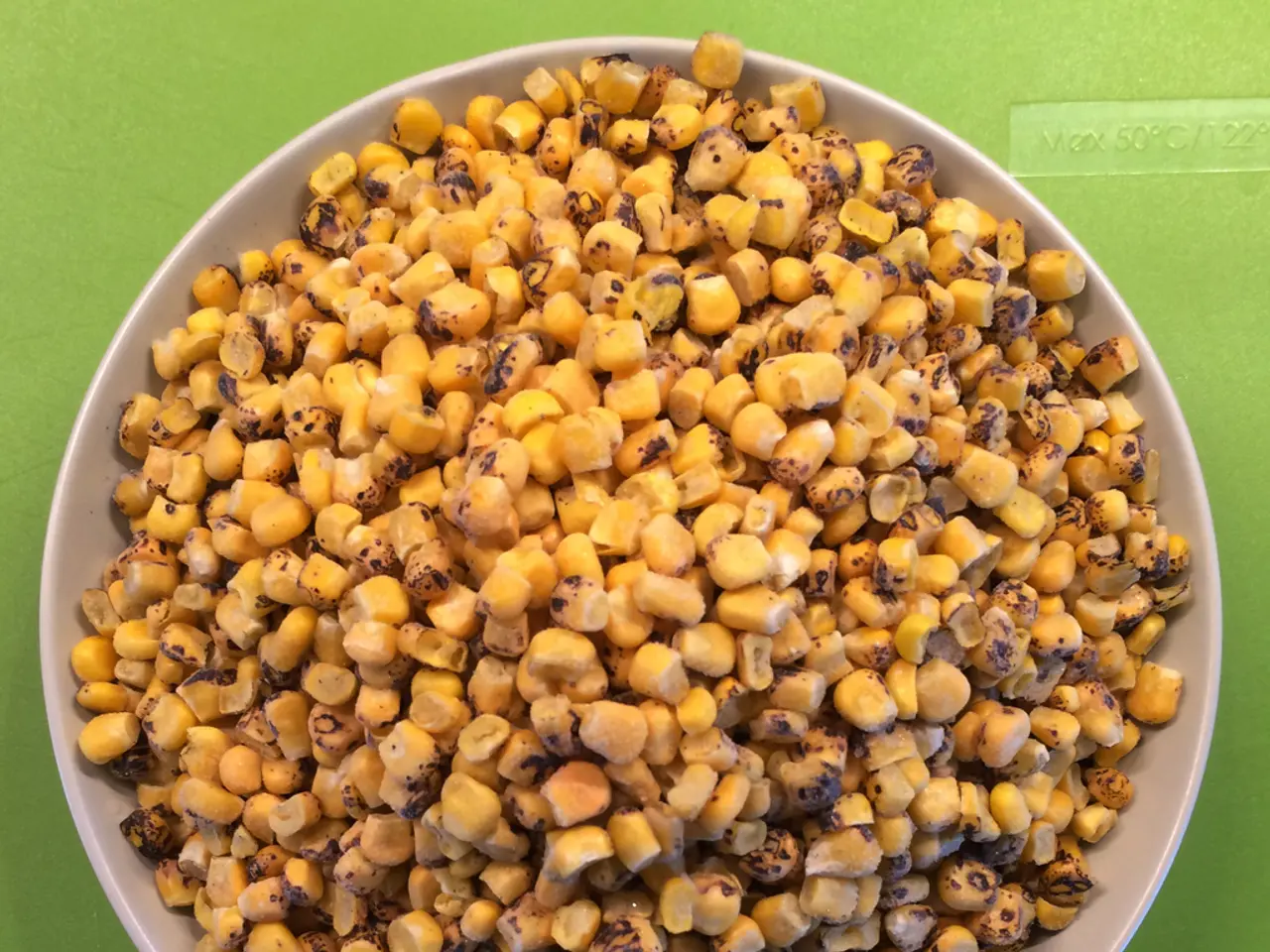Test Your Seeds Before Planting to Avoid Spring Disappointments
Before planting, it's crucial to test your seeds' viability, especially if they're old or last year's germination was poor. This ensures you're not wasting time and resources on non-viable seeds.
To check seed viability at home, use simple methods like the water test or the paper towel method. The water test involves placing seeds in water; if they sink, they're likely viable. For the paper towel method, wrap seeds in a damp towel and observe germination. The number of seeds needed varies: 50 for small cultures, 25 for large ones, and 5-10 if there are few seeds.
For seed testing, mark a piece of paper with variety numbers, place seeds on it, roll it into a tube, and place it in a glass of water. Keep the glass in a warm, shaded area, but avoid temperature and humidity fluctuations like those in the kitchen. Check seeds every 1-2 days, recording sprouted ones, and calculate the germination percentage. If the percentage is low, increase the sowing rate.
Regular seed testing before planting prevents disappointment and wasted effort. Even if last year's seeds germinated well, conditions may have changed. Proper storage is key; avoid plastic bags without air access. Ignoring old seed testing may result in empty beds in spring.
Read also:
- Apple to Start Mass Production of Foldable iPhone in India by 2026
- Exploring Key Elements in the Business Landscape: An In-Depth Look at Relevant Factors (Compact Insight)
- Guide: Strategies for Continuous Learning and Skill Enhancement for Experienced Medical Professionals
- Struggles of Nepal's Himalayan wildlife amidst expanding livestock populations and road networks (opinion piece)




